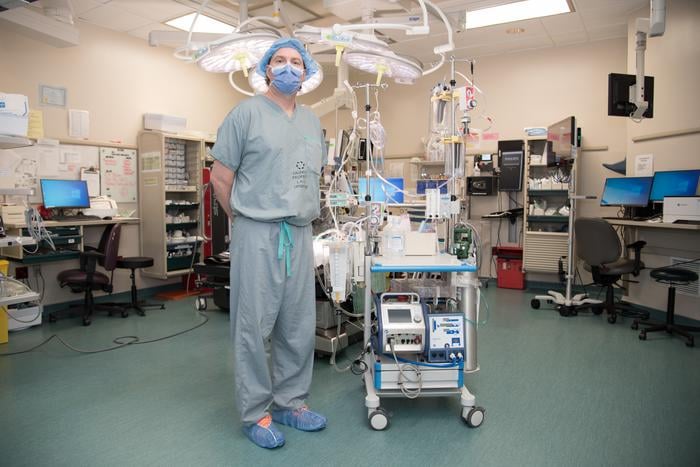A new organ transplant technique has made its Canadian debut, potentially increasing the number of viable organs for transplantation. The procedure, known as abdominal normothermic regional perfusion (A-NRP), was successfully performed on two donors at London Health Sciences Centre (LHSC) in April 2024, resulting in four successful transplants.
Revitalizing Organs After Circulatory Death
The A-NRP technique addresses a longstanding challenge in organ donation after circulatory death. Dr. Anton Skaro, Associate Scientist at Lawson Health Research Institute and Surgical Director of Liver Transplantation at LHSC, explained, “Organ donation after circulatory death (when the heart stops beating) has historically been less reliable than organ donation after brain death. This is because there is a higher risk of organ damage after circulatory death since oxygen and blood flow stop.”
A-NRP uses a specialized pump to selectively restore blood flow to abdominal organs after circulatory death, potentially protecting them from damage. This innovation could significantly increase the success rate of transplantations from circulatory death donors, fulfilling more donor wishes and improving patient outcomes.
The shortage of donor organs remains a critical issue in transplant medicine. Dr. Skaro highlighted this problem, stating, “Unfortunately, we do not have enough donated organs to match the number of patients waiting for transplantation. By protecting the quality of organs after circulatory death, A-NRP could help significantly increase the number of available donor organs to save more lives.”
Expanding the Reach of A-NRP
Dr. Skaro’s team is currently conducting a study to ensure the safety of A-NRP for donors, with plans to include 20 to 30 donors. The research aims to pave the way for wider adoption of this technique across Canada.
The success of this pioneering work relies on a multidisciplinary approach. Dr. Skaro acknowledged, “This work would not be possible without the collaborative efforts of a multidisciplinary team who have expertise in neurocritical care, perfusion, critical care, ethics, donation and transplant. It would also not be possible without the help of numerous partners, including Ontario Health (Trillium Gift of Life Network), and the generosity of the community and donors.”
Financial support for this groundbreaking research came from various sources, including The Move for Life Foundation, London Health Science Foundation, Academic Medical Organization of Southwestern Ontario (AMOSO), and the Canadian Donation and Transplantation Research Innovation Grant.
As the study progresses, the potential of A-NRP to revolutionize organ transplantation in Canada becomes increasingly evident. This innovative technique could mark a significant step forward in addressing the organ shortage crisis, offering hope to thousands of patients awaiting life-saving transplants.


